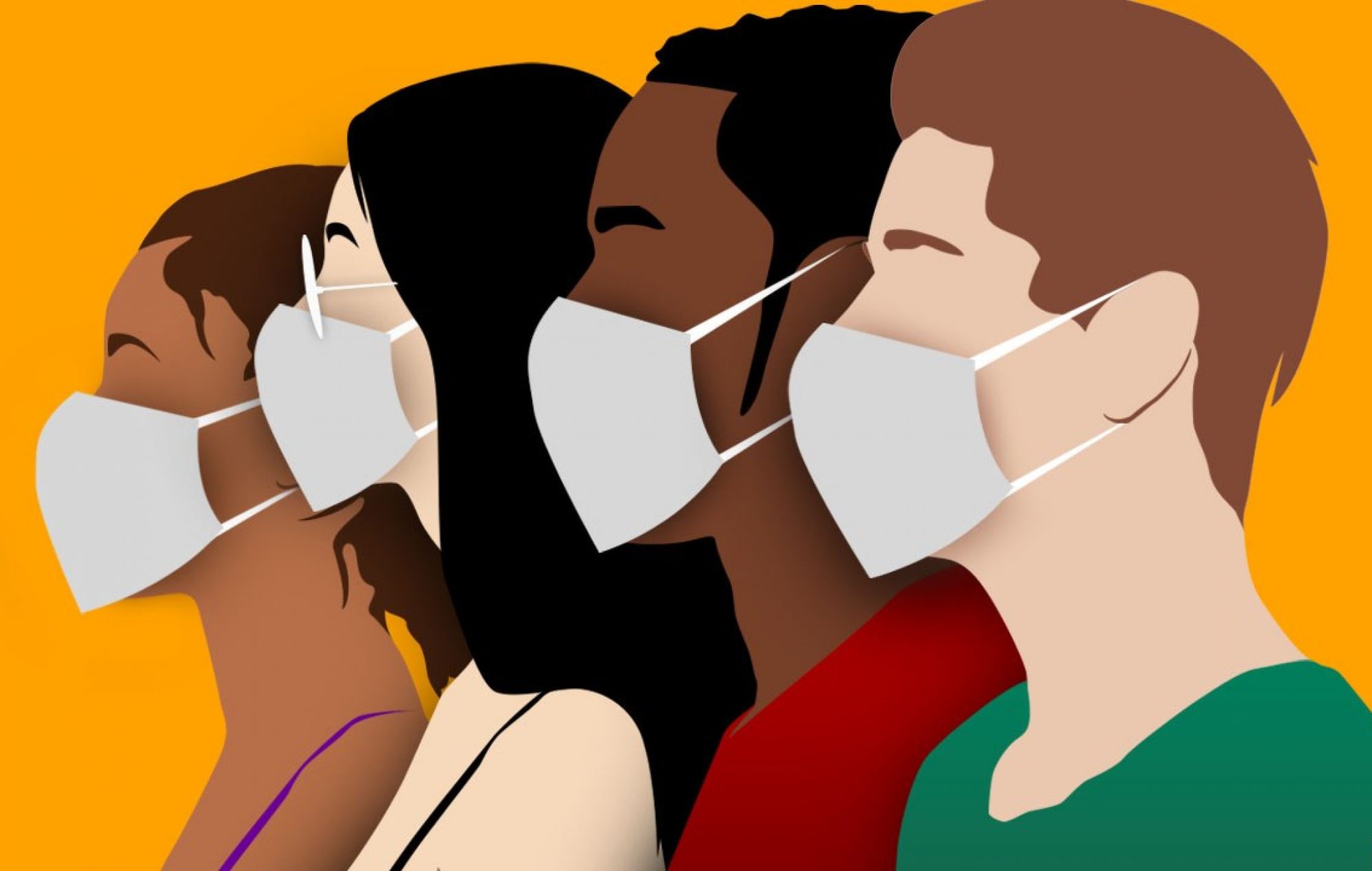This website serves to display a distant reading project that encompasses knowledge and skills learned from an introductory digital humanities course. Our project began when West Chester University suspended all in-person classes and transitioned them to online/remote courses for the remainder of the Spring 2020 semester. This change was mandated in response to the COVID-19 global pandemic, and a project utilizing the techniques of digital humanities felt needed. As we all navigated the flood of information, it was difficult to feel that we understood the directions administered by officials and it caused us to work harder to understand what we can do to improve the situation. Our goal was met through a process of applying distant reading and cross referencing data extracted from briefings and statements.
This project’s goal was to compare information given by politicians and medical experts as found in the White House Daily Coronavirus Press Briefings. By examining the coverage by medical and political figures, we hoped to track the information being released to see if it was of the same degree in accuracy and clarity. The figures analysed are Vice President Mike Pence, Health and Human Services Secretary Alex Azar, and Director of the National Institute of Infectious Diseases Dr. Anthony Fauci.
We created a data set by isolating White House Press briefings from the end of February to the middle of April, and began breaking them up by the previously named key figures. The dates of the briefings are February 27th, February 29th, March 3rd, March 10th, March 18th, March 25th, April 1st, April 7th, and April 15th. They will be referenced respectively as briefing 1, briefing 2, briefing 3, briefing 4, briefing 5, and briefing 6, briefing 7, briefing 8, and briefing 9.
To begin our research, we established a series of key words that indicated either emotion or risk, and began running visualizations through Voyant with these words flagged. The words are: health, risk, low, threat, testing, slow, progress, dangerous, mitigation, outbreak.
We used the Voyant visualization tools of “trends” and “links”. Trends illustrate the relative frequency of the occurrence of words and links illustrate these words’ connection to others, allowing us to pinpoint prominent words and then create a network of connections.
We ran individual visualizations of each of the briefings, and then created a final, cumulative visualization. By comparing these cumulative visualizations, we were able to analyse the progression of language and data; our final findings can be found on the Conclusion page, and the individual figure analysis on the affiliated pages. We have included a timeline of COVID-19 events to better ground a reader in our analysis.

